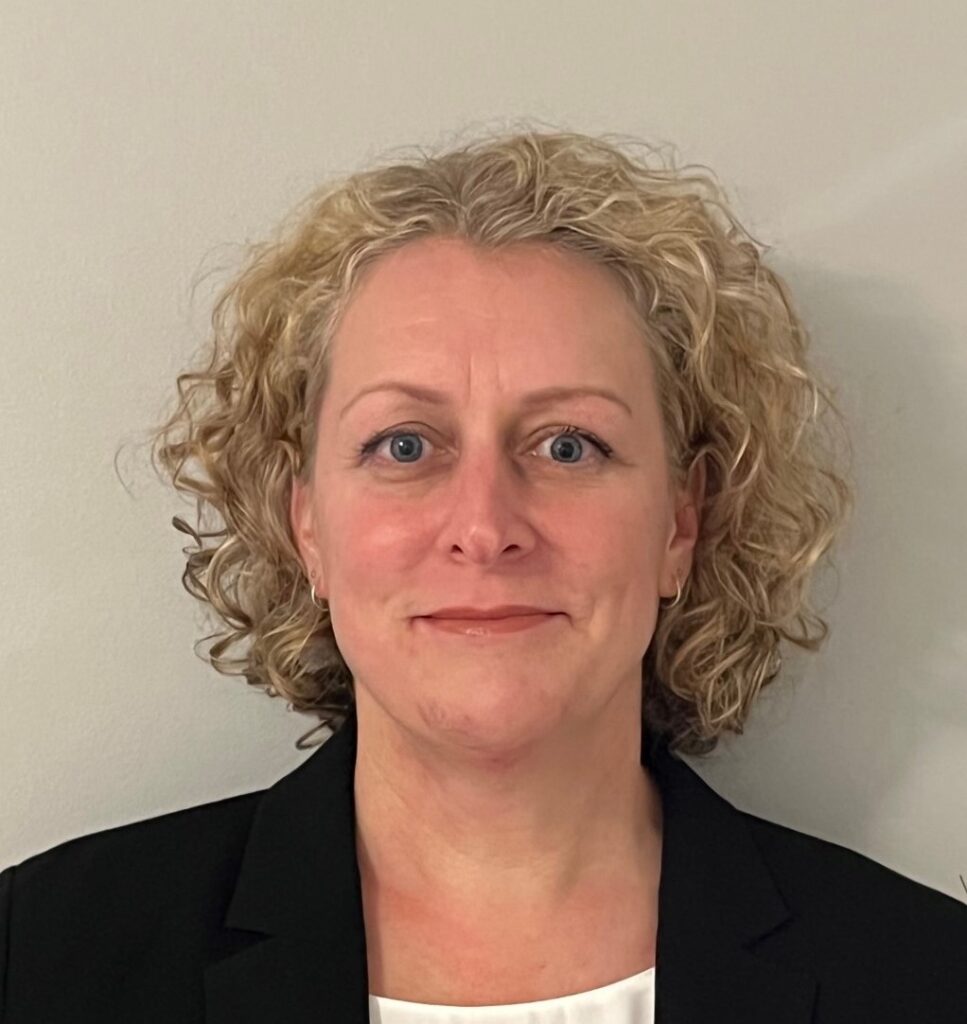Avoiding miscarriages of justice, that’s what DNA evidence is all about.
So said DNA Expert Witness Helen Roebuck at the Queensland Law Society’s Criminal Law Conference in Brisbane yesterday.
Ms Roebuck, who is an independent DNA expert, offered insights and tips to conference attendees during her presentation DNA – under the Microscope at the Hotel Grand Chancellor.
“I’m working with you to get you to challenge the evidence, because if I’m not in court, I’ve got no real voice,” she told a packed room.
“My passion really lies with, not just with reviewing the evidence and making sure it’s robust, but actually working with the lawyers and making sure you understand it, and whether you’re working as a prosecutor or a defender, at the end of the day, it’s in your hands – you’re the ones that can question it, you’re the ones that can challenge it.”
The forensic biologist – who is completing a PhD in DNA transfer at crime scenes – spoke of the modernisation of DNA testing through robotics in the past decade, which she said had reduced the risk of sample contamination and mix-ups, and increased test sensitivity.
However, the increased sensitivity had meant multiple DNA profiles could be detected in one sample, which had led to the need for complex statistical software.
False inclusions – where people are reported to match profiles when they have not contributed any DNA – were an issue to watch for lawyers, she said.
“It’s not a problem of the software, it’s a biological phenomenon. The more complex the profile, the more likely you can falsely include somebody.”
Ms Roebuck explained the “likelihood ratio” (LR), a number between two and 100 billion, which scientists used to assess the probability of the evidence.
The standard LR for a full matching DNA profile is 100 billion.
“When we are getting low likelihood ratios, the false inclusion rate increases significantly,” she said, urging the lawyers in the room to seek advice on false inclusions in cases where the LR was lower than 1000.
Other tips she offered included:
- ensure you understand what type of DNA testing was done and why;
- consider challenging the number of DNA contributors assigned by the analyst to a mixed DNA profile;
- ask questions if you see different statistics presented for the same result;
- use extreme caution when interpreting DNA results if relatives are implicated, particularly where the LRs are low; and
- have the result checked “if it doesn’t really feel right”, because errors can occur in scientific reports.
The Criminal Law Conference, worth seven CPD points, offered sessions on a range of topics. All sessions will be available from the QLS Shop in coming weeks.














Share this article